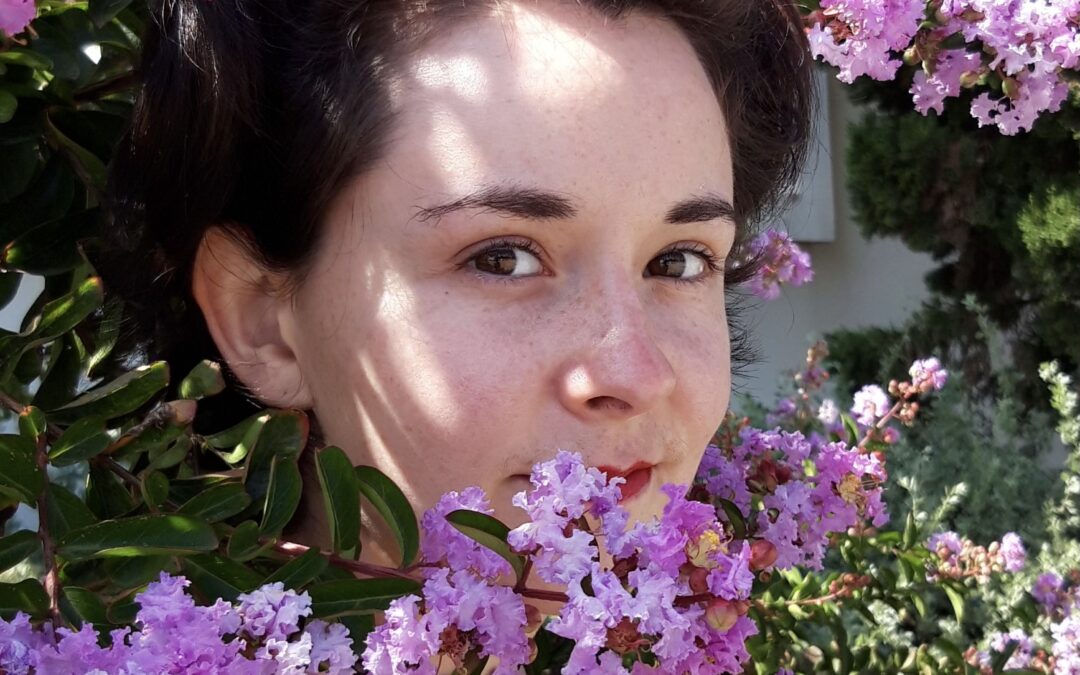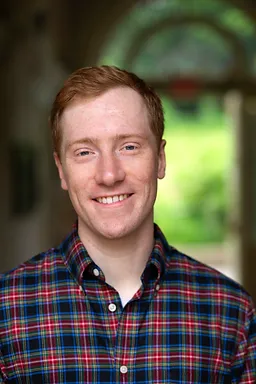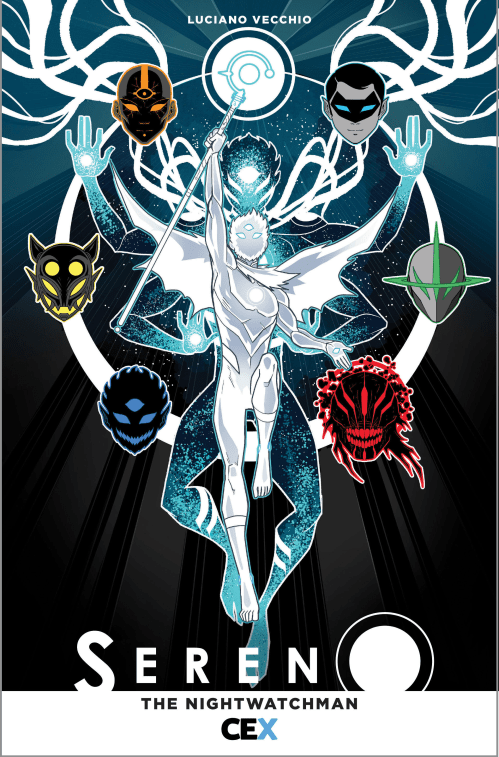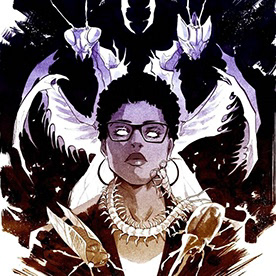
by Chris Allo | Jun 29, 2024 | Blog
Happy Pride all of you amazing and beautiful people! For this edition of the Queer Creator Spotlight I had the privilege of interviewing graphic novelist and “French Auter,” Gaelle Avril Geniller. Genillers debut graphic album “A Boy Named...

by Chris Allo | Apr 20, 2024 | Blog
Greetings All, Chris Allo here with another queer creator spotlight this time with Graphic novelist-Jonah Newman Jonah is a cartoonist and editor. As an editor at Graphix, Scholastic’s graphic novel imprint, he has worked with Dav Pilkey, Jamar Nicholas,...

by Chris Allo | Jun 20, 2023 | Blog
Happy Pride to all the LGBTQIA+ comic book and pop-culture nerds and geeks! For this installment of the Queer Creator Spotlight I got to catch up with Geeks OUT alum, Luciano Vecchio about his creator owned-book, “Sereno,” being published by CEX...

by Chris Allo | Mar 1, 2023 | Blog
In this installment of the Queer Creator Spotlight I had the opportunity to talk with Kat Calamia and Phil Falco. You may be familiar with those names as they are the creators, editors, and publishers behind the wildly successful anthology,...

by Chris Allo | Feb 2, 2023 | Blog
Happy New Year to all the queer comic book connoisseurs out there! For the first installment of the Queer Creator spotlight of 2023, I had the honor of speaking with Afro-Italian artist Karen S. Darboe who’s launching her first Marvel book this week, Bloodline:...






